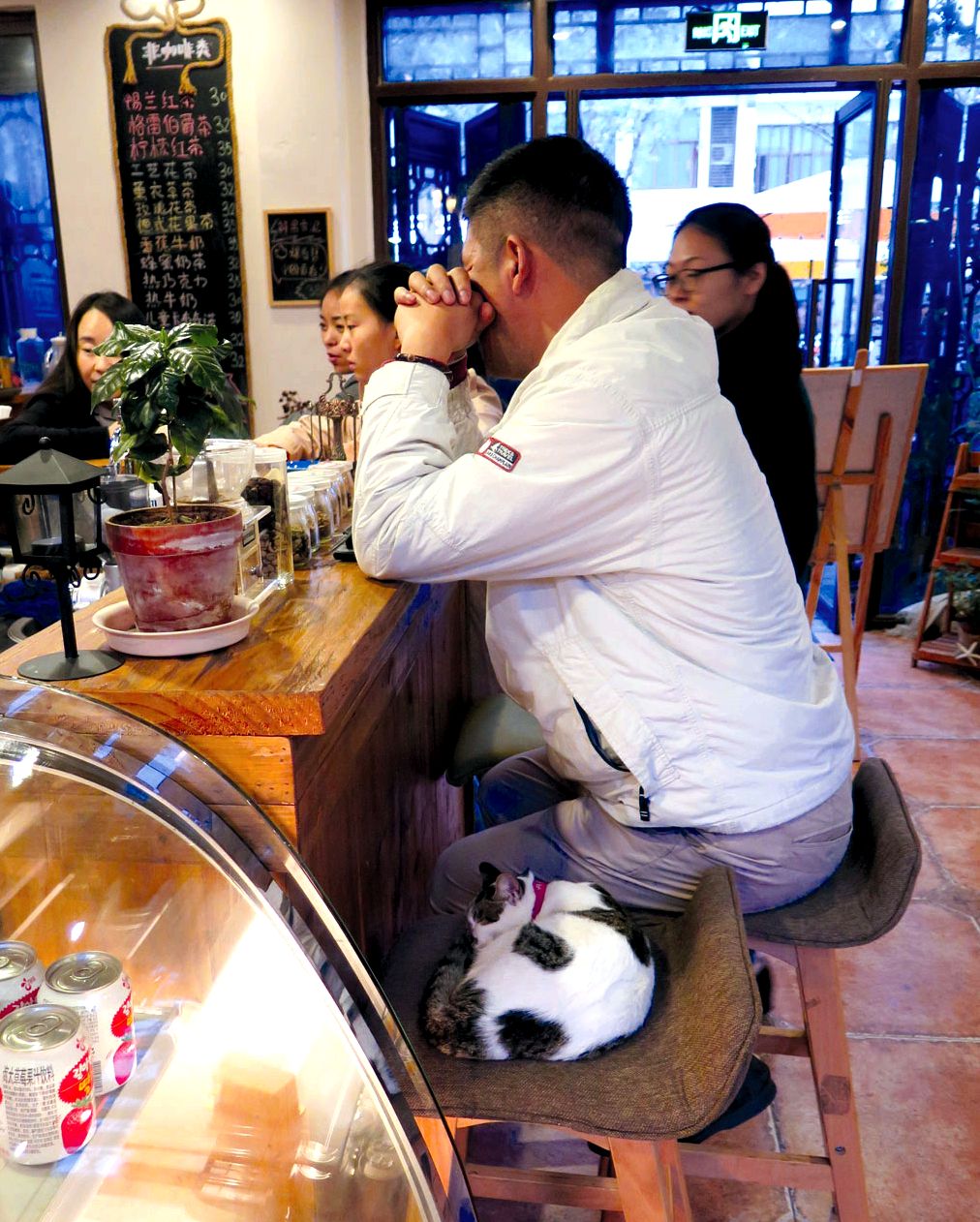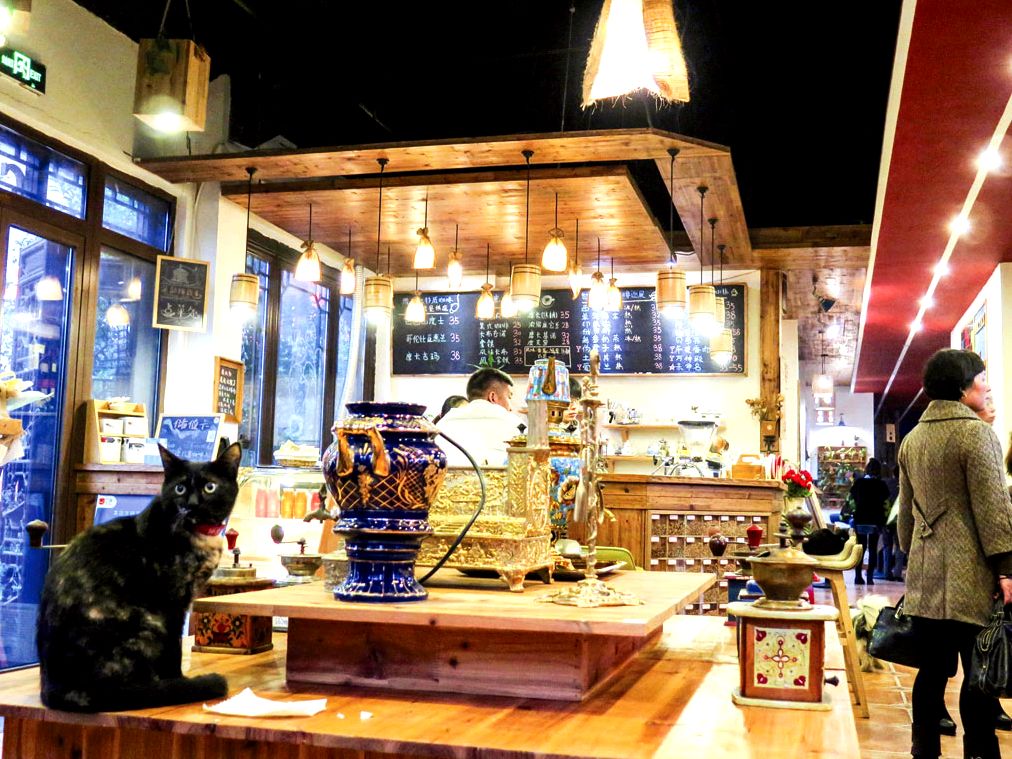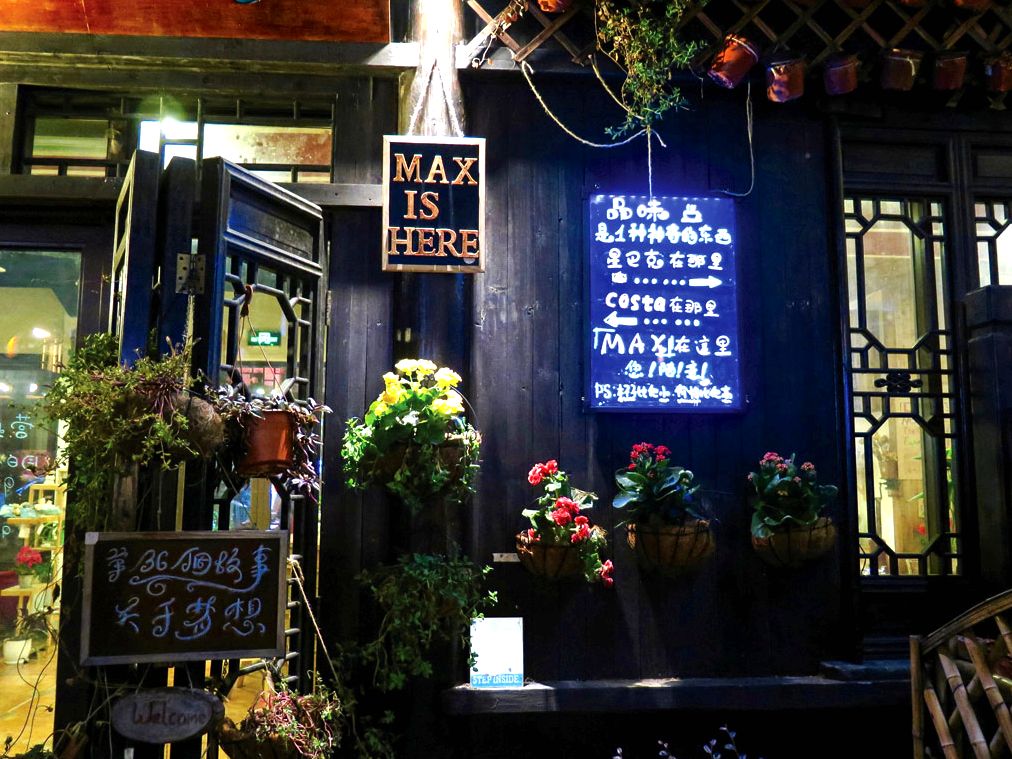My first ideas of coffee once i gone after China were ones of longing.
It absolutely was my first-time in Asia, and i also demonstrated up getting employment inside a city college plus a persistent persistence for that great culture in as pure a credit card applicatoin after i could—forsaking a few of the most popular comforts in your own home that threatened to dilute the Chineseness of my existence there. To start with: no coffee. No less than not inside my apartment every single day. No, I’d reserve it for just about any treat inside the lately opened up up café on campus, or possibly the Starbucks downtown. I’d learn to awaken to eco-friendly tea.
After four several days of non-public deprivation, a university administrator sent an emissary to my door getting a little, friendly Christmas present: a properly wrapped bottle of instant Nescafé. My will was broken, and i also drank.
When I’d washed the bitterness from my mouth from my first and last cup of instant coffee, I needed the hour-extended bus ride for the foreign supermarket, inside the city’s most upscale shopping mall, and obtained a french press. Really the only bean option was $40-a-pound Lavazza, roasted and ground in Italia. It wasn’t cheap or particularly convenient coming back to my morning indulgence, plus it certainly wasn’t a good work out in localism, however i believed it was was possible, which is more and more so each day.
China aren’t typically enthusiasts of coffee, especially not of fresh roasted or niche coffee, and certainly less a morning habit. In the coffee bought in China’s supermarkets, 98 percent is instant, with popular kind is the three-in-one: granulated robusta, powdered creamer, sweetener, and perhaps another flavoring to cover any remaining coffee taste, all blended in one container. But after more than ten years of corporate pushing and slow evolution of markets and tastes, craft coffee and periodic shop culture have began to get popular.
China has received a unique coffee farming niche for more than a century, started each time a French missionary for the southern province of Yunnan introduced the crop inside the late 1800s, as well as the marketplace is now rapidly expanding along with national consumption. The World Coffee Organization estimates China now grows more beans than Kenya and Tanzania combined.
Nevertheless the production, culture, and business of coffee in China are definately not like a cohesive subject.
The beans grown in Yunnan are arabica in addition to middling quality: too ideal for local consumption, although not sufficient enough for niche roasters abroad. A big percentage is exported to Germany. Nearly all just what the Chinese drink is imported from Vietnam (the world’s finest robusta producer), roughly the border from Yunnan Province.
 Possess a latte getting a dog at 36th Story in Suzhou, China. (Photos: Ketti Wilhelm.)
Possess a latte getting a dog at 36th Story in Suzhou, China. (Photos: Ketti Wilhelm.)
Following a first Starbucks outdoors the u . s . states opened up in Tokyo, japan, japan in 1996, Communist China was only a few types of worldwide expansion behind, getting an outlet in Beijing in 1999. The business giant, alternately reviled and revered by coffee enthusiasts around the globe, is a type of gauge for your status of coffee culture in any market, from national to neighborhood. They won’t visit locations that don’t have no less than a sprouting taste for craft coffee, but they are shy of pushing into markets with nicely toned, independent coffee scenes (the first Starbucks in Italia continues to be painstakingly planned to start next season).
Now, after 17 years in China, Starbucks controls sixty percent in the café market, adding to one and a half new Starbucks open within the u . s . states each day.
Within the Worldwide Coffee Organization’s trade statistics, it’s plain to look for the way the growing taste for coffee in China within the last decade mirrors the identical alteration of Japan inside the 1960s and 1970s. Japan’s full embrace of coffee needed several decades, nevertheless the islands are really the fourth largest coffee consumer in the world. China trails in seventeenth place, which is only excessive in list because of its population, while using average Chinese citizen consuming only five to six cups every year. Consider the demand when the figure reaches a cup each week, as well as a single cup or even more every single day.
Some Chinese only drink instant coffee and merely drink it in your house, if, a distinct segment companies are progressively creating itself and expanding industry for fresh, high-quality arabica beans. The companies can be found in two distinct versions: the business as well as the local.
The higher pricey a cupful of American-branded coffee is, the higher a standing symbol it may be, as well as the increasing numbers of people require it.
Starbucks known for specializing its shops to match local tastes, which in China means eastern-style architecture for any couple of of the stores, and native menu choices like eco-friendly tea frappuccinos and red bean scones. It’s a genius move for that conclusion, and undeniably endearing for the local market, where lots of China visiting cafes don’t want coffee whatsoever. They require tea, sugary drinks, and, first of all, an area to socialize.
Still, rather sheepishly one mid-day, immediately after moving to a new city in China, I visited my neighborhood’s newest coffee shop during its opening week.
Inside, the freshly texturized, awesome gray walls and gray stone flooring matched the soupy, smoggy winter sky. Homey Christmas classics performed inside a just-right volume, despite it being early November. The youthful customers were easily disseminate, peering into laptop and cell phone screens alone or possibly in pairs, searching busy. The cappuccino I got myself was nothing exceptional, nevertheless it was everything I’d showed up at expect from espresso in Asia. It sampled similar to it could in any Starbucks, around the globe. Which, sadly, is strictly where I used to be: any Starbucks, around the globe. The brand-new store reaches the large, industrial capital of scotland- Suzhou will be a nearly irrelevant detail, whatever the tweaked menu.
Starbucks plainly states on its site that it’s “creating an espresso culture in the traditional tea-consuming society.” The honesty from the statement about such contrived cultural change brings into focus the world effort which matches into consuming Starbucks in China: American branding, Italian espresso machines, Central American and African beans, Chinese baristas. Everything seems like proof that globalization has won China is Westernized. But coffee culture in China doesn’t mean cultural homogenization.

Nearby within the new Starbucks in Suzhou, I soon discovered a spacious coffee shop referred to as 36th Story, managed with a thirty-three-year-old Chinese person known as Max Wang. He’s just a little blue rose inked on his forearm, a apparent sign he’s part of China’s counterculture. He plays smooth jazz and
R & B, mostly in British, and will be offering free Wi-Fi, similar to you’d enter most cafes around the globe, but his menu does not have British. This is often a rarity for just about any coffee shop here, where British lettering carries hip cachet. The decor mixes European elegance while using classic, kitschy Chinese modern, including giant teddies stationed inside the chairs with the shop.
Max estimates very good of coffee in China has bending formerly five years, and import figures show his estimate is yet another little conservative. “That’s why lots of Starbucks showed up at China,” he tells me.
Max fell crazy about coffee after seven years surviving in Germany. He’s accrued an amount of over 1,000 coffee cups, containers, grinders, and roasters, purchased throughout Europe. And also the vision is a lot more about passion than commerce. “I should not have an overabundance shops,” he tells me. “I want to open an espresso museum.” Inside a grimy, provincial Chinese city that doesn’t quite yet share the romance, a museum to coffee would harken to some purer, less commercial kind of globalization.
Max states the twenty recipes he’s crafted are the explanation for his success. (He’s moved his shop two occasions now as they ran from room within the initial few, and also the happy customers now utilize him, whatever the neighborhood competition.) While Starbucks injects typically Chinese flavors to the same drinks it sells all across the globe, Max concocts complex, intricately layered ones, with flavors for instance blue curaçao, peach, mango, and rose, with shots of espresso, and layers of cream and sugar. His drinks certainly are a Chinese undertake coffee, not Starbucks’s undertake China.
 A sign outdoors of 36th Story strongly points individuals to Starbucks and Costa. China menu can be a rarity for just about any product connected while using West.
A sign outdoors of 36th Story strongly points individuals to Starbucks and Costa. China menu can be a rarity for just about any product connected while using West.
Still, he hasn’t abandoned the concepts for his market. My espresso sampled fresh and perfectly prepared—not bitter, watery, or simply fake, the means by which coffee in China frequently ends up if the finds its approach to a single cup.
Max is not worried about Starbucks whatsoever, he tells me getting a basic certainty. He even features a new sign outdoors, with the door: “Starbucks is always that way, Costa could be the alternative route, Max will be here. (My cups are smaller sized sized and my pricing is greater.)”
In truth, his pricing is on componen while using competition. The price for just about any drink in the chains, around thirty to thirty-five yuan, converts to five to six $ $ $ $. Coffee still being considered a distinctive, foreign beverage gives Starbucks a golden opportunity to promote itself becoming an aspirational brand. The higher pricey a cupful of American-branded coffee is, the higher a standing symbol it may be, as well as the increasing numbers of people require it.
Max seems by having an instinctive understanding of the idea, along with what what this means is in the united states. “It’s hard will be able to explain in British,” he tells me, selecting his words carefully. “Starbucks can be a machine. That machine is simply ideal for Starbucks. But here, folks are more valuable.In .
36th Story was the initial shop I came across that excelled at coffee and felt authentic, both consistent with its surroundings and centered on its craft. Despite selling mostly coffee inside the land of tea, Max’s shop is undeniably Chinese—an authentically local coffee shop, inside a nation that’s just beginning to discover alone what meaning.
By permitting the culture, since it claims, Starbucks may also be making way of independent shops like Max’s to get effective, a monetary phenomenon initially noted in the usa and dubbed the Starbucks Effect. Independent cafes near a Starbucks make better money, not less.
Using the foreign corporate brands as well as the locals charging the identical cost for something which tastes similar to customers who’re just developing a taste for coffee, it’s anyone’s guess what happens not able to coffee in China may appear like, nevertheless the outcomes of this country’s tastes will definitely be felt with the industry.
—Ketti Wilhelm can be a freelance author who trained British in Jinan, China.
Resourse: http://freshcup.com/chinas-growing-coffee-culture/
